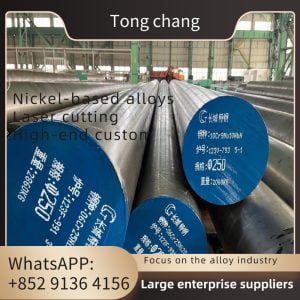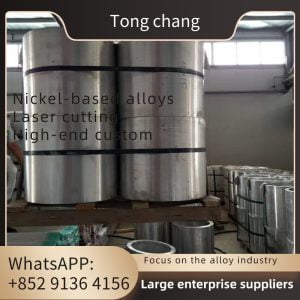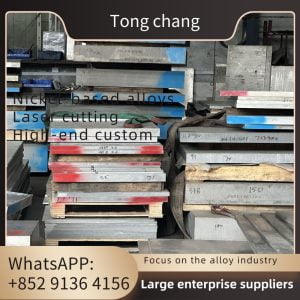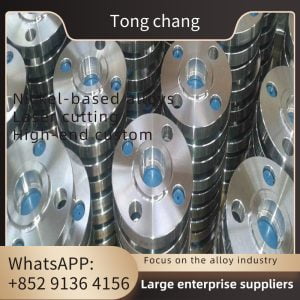| Specification: | ASTM B111, ASME SB111 | Grade: | C71640 |
|---|---|---|---|
| Type: | Seamless | Surface: | Pickled And Annealed, Polished, Bright Annealed |
| Non Destructive Test: | Eddy Current Test -ASTM E426, Hystostatic Test-ASTM A999, Ultrsonic Test -ASTM E213 | Size Standard: | ASTM B16.10 & B16.19 & Customized |
High Hardness ASTM B111 C71640 Copper Nickel Alloy Seamless Tube
Introduction of C71640
First of all, C71640 iron-nickel copper has a relatively high hardness and also has good strength and toughness. This allows it to maintain a relatively stable shape despite being subjected to large stresses and is less prone to plastic deformation or fracture. This is very important because in many industrial fields, such as aviation, automobiles, machinery manufacturing and other high-stress environments, it is often necessary to use this kind of metal material with excellent performance to ensure the quality and safety of products.
Secondly, C71640 iron-nickel copper has better corrosion resistance. It can be stored in the air for a long time and will not be affected by oxidation or corrosion. At the same time, it can also resist the erosion of many chemical substances, so it can be widely used in chemical industry, marine engineering and other fields.
In addition, C71640 iron-nickel copper also has good electrical and thermal conductivity.
In the electronics industry, materials with good electrical conductivity need to be used to ensure the normal operation of circuits or devices.
In the heat treatment industry, materials with good thermal conductivity need to be used to ensure that products will not deform or burn out under high temperatures. BFe30-2-2 (C71640) iron-nickel copper can meet these requirements and is therefore widely used in related fields.
Chemical Composition of C71640
| Grade | Chemical Composition % | ||||||||
| Cu | Sn | Al | As | Ni | Fe | Mn | Pb max. | Zn | |
| C71640 | Rem | – | – | – | 29.0-32.0 | 1.7-2.3 | 1.5-2.5 | 0.05 | 1.0max |
C71640 Equivalent
| Material Designation | Corresponding Material Symbol | ||||
| GB/T8890 | ASTM B111 | BS2871 | JIS H3300 | DIN1785 | |
| Copper-Nickel | (BFe30-2-2) | C71640 | CN108 | C7164 | CuNi30Fe2Mn2 |
Physical Properties
| Properties | Metric | Imperial |
|---|---|---|
| Density | 8.86 g/cm3 | 0.320 lb/in3 |
Why Are Copper Nickel Tubing Used In Heat Exchangers?
Copper nickel tubing is designed with a superior chemical composition allowing them to work well in harsh conditions. These tubes can handle different pressures and temperatures, which is very essential for running heat exchangers. The tubing devices have excellent fatigue strength and mechanical properties, allowing them to withstand the different conditions in this system.
Mechanical properties
| Copper or Copper Alloy UNS NO. | Temper Designation | Tensile Strength | Yield Strength | Elongation in 2 in., | |
| Code | Former | min ksi(min MPa) | min ksi(min MPa) | min % | |
| C71640 | O61 | annealed | 63(435) | 25(170) | — |
| C71640 | HR50 | drawn and stress-relieved | 81(560) | 58(400) | — |
HT
Packing
Applications:








